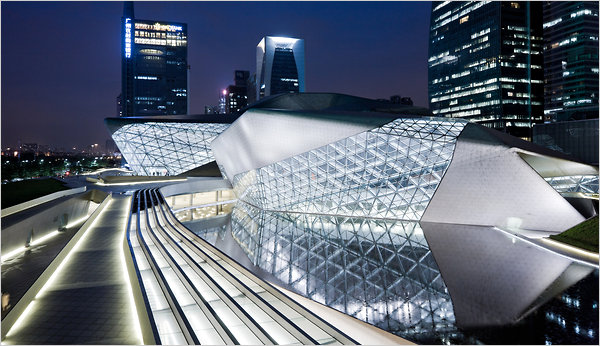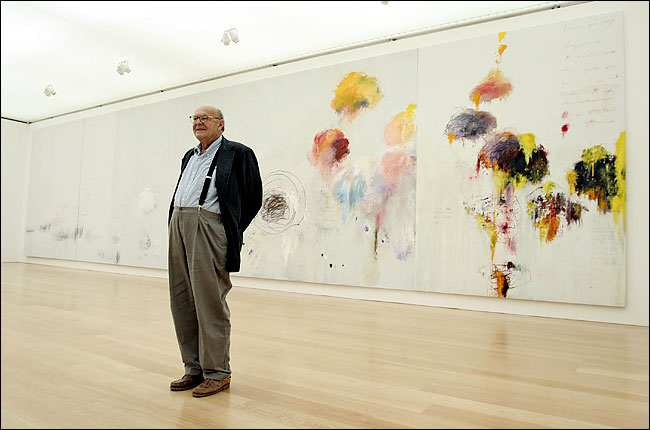Call it the Kate Effect. Ever since Kate Middleton wore that silk navy dress at the announcement of her engagement with Prince William, the label Issa and its designer Daniella Helayel have become as popular as the new Duchess herself.
The little-known brand of easy dresses in vivid colors and exuberant prints made the transition from insider-only label to international sensation overnight. Kate has worn Issa dresses on several occasions. Most recently, she wore a purple wrap silk dress at the Canada Day celebration she and her husband attended in Ottawa. Kate’s sister Pippa has also been spotted in a floor-length Issa dress.
Here, I talk to Kate’s favorite designer, Daniella Helayel, on fashion, beauty rituals and the Kate Effect.
What do you think is the appeal of Kate Middleton’s style?
Daniella Helayel: Kate has a classic sense of style. It’s chic and effortlessly elegant. Her fashion choices are part of what makes her such an icon as a modern day princess. I think her style is so appealing because women all over the world can relate to her. She dresses for her body shape and as a result she always looks glamorous, appropriate, comfortable and confident in what she’s wearing. We can all learn a lot from her. Her style is one that will survive and she’ll look as fabulous next season as she has for the past 9 years.
She has had such a tremendous impact on your business. How is it like dealing with this heightened publicity?
DH: I have tried to be as accommodating as possible to everyone, but of course it’s been a big change with the huge demand for interviews and the spotlight so firmly on my brand.
But what is Issa all about? Who is the Issa customer?
DH: I take a lot of inspiration from my childhood in Brazil, surrounded by nature. I have tried to translate all the unexpected color combinations, natural shapes and the thrill of carnivals into my prints, fabrics and designs. I keep the Brazilian vibe in my mind when designing. Issa is all about effortless glamour and making women feel confident, comfortable and cool in their own skin and a great dress; all women should look and feel fantastic. Issa is for all.
How would you describe your own personal style?
DH: I have quite a timeless approach to fashion, I like looking back at what has been done before and seeing how I can update it. I believe it’s very important for women to understand their bodies and what works for them. Once we know that then we can have fun with fashion and the trends, which come and go while still looking and feeling our best. But I will say that you always need a pair of big Jackie O sunglasses in your bag, and a scarf is the most versatile, chic accessory; a silk one tied round your neck, hair, wrist or handbag.
You travel a lot between London, Brazil, New York, China and so many other places in between. How do you stay looking fresh and put together despite your hectic work schedule?
DH: I try not to allow life to become too hectic! I don’t work a regular 9 to 5 but I manage my time so I can still look after myself.
What is your skin care and fitness regime?
DH: The face peels and red light treatment with Dr. Frances Prenna Jones are my indulgence. She works wonders on my skin and has given me Formula 2006 to cleanse followed by Neo Strata renewal and hydrating creams or TNS recovery complex before bed. I’m also really looking after myself at the moment, I’m trying to eat super healthily and cut out all processed food. I also see my personal trainer most mornings during the week and we work out for an hour and a half, then I run for 45 minutes every morning.
What products are on your vanity table?
DH: Lancome Bi-Facial to cleanse, although I don’t wear makeup every day. There’s also L’Oreal Absolut Repair Shampoo followed by a Kerastase mask or nourishing oil. Sunscreen is so important, I never used to be very dedicated, but now use La Roche-Posay for my face and Clarins or Lancaster on my body. And Allure fragrance by Chanel
Is there a right and wrong way to wear Issa?
DH: Definitely not – Issa means freedom! Wear it however it makes you feel the best.









